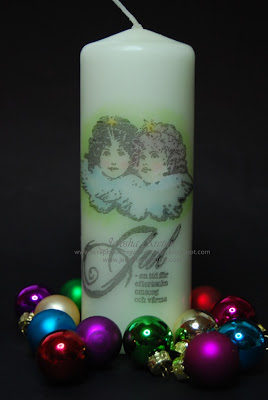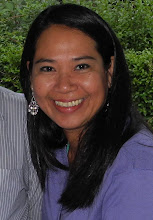In past centuries families throughout the British Isles, Ireland, France, and Scandinavia observed Christmas by lighting especially large candles. Home Christmas celebrations took place in the glow of these enormous tapers. Some families lit the candles on Christmas Eve, in which case custom called for the candle to burn until morning. Others lit their candles on Christmas morning and
kept them burning throughout the day. Large candles of this sort were also used in Christmas church services.
People interpreted the meaning of these Christmas candles in several different ways. Many believed the large candle served as a natural symbol for the coming of Jesus Christ, “the light of the world.” Others said it represented the Star of Bethlehem. Many folk beliefs suggest that people commonly viewed the home Christmas candle as representing the family’s future in some way. Denmark people lit two candles, one representing the male head of the household, the other the female household head. Whichever burned out first was said to foretell which of them would die first. Scottish folklore claimed that if the Christmas candle burned out before midnight the family would soon experience some kind of calamity. Scandinavian tradition agreed that bad luck would surely visit any family whose Yule candle burned out during the holy night, possibly the death of a family member. While the flame burned,
however, many Scandinavians believed that the light of the Yule candle conferred a blessing on all it touched. Families brought good things to eat and drink, money, clothing, and other desirable goods within the circle of candlelight in the hopes that they would be blessed with more of these things in the coming year.
Some peoples believed that the remains of the candle retained their power to bless and protect even after Christmas had passed. In Sweden people rubbed the stub of their Yule candle against their plows or used it to make the sign of the cross over their animals. In other parts of Scandinavia people fed the candle stub to their barnyard fowl or saved it as a charm against thunder and lightning.
In Estonia, Germany, and Lithuania people light candles at family grave sites on Christmas Eve. This practice may be linked to old folk beliefs concerning the return of the dead at Christmas time.
I truly believe that I will always be making stamped candles every Christmas time. A great gift for anyone plus a unique gift for any given occasion.
To learn how to stamp on candles you may visit my other craft site entry http://jerosha.multiply.com/photos/album/225/Tutorial_How_To_Stamp_On_Candles_Re-Post?replies_read=18









 Posted by
Posted by



















0 comments:
Post a Comment